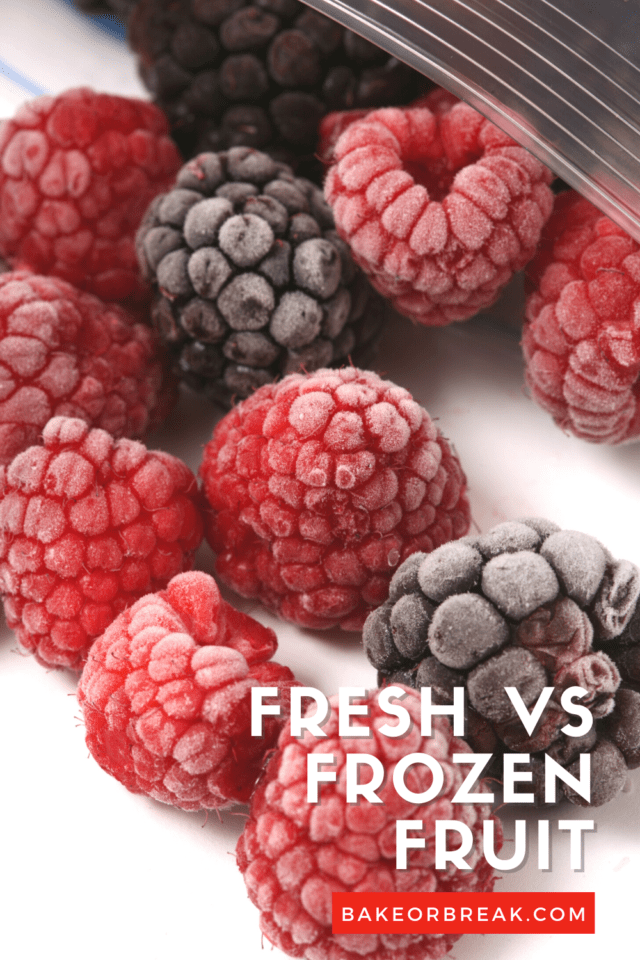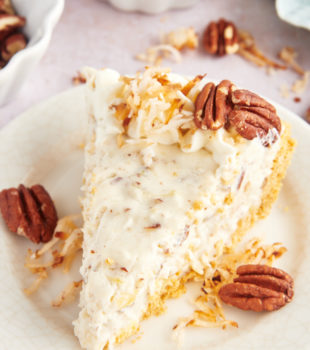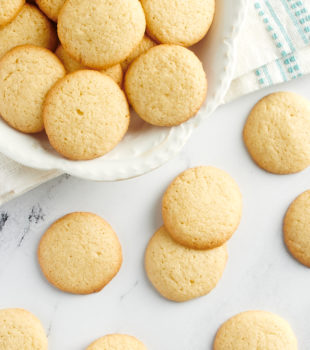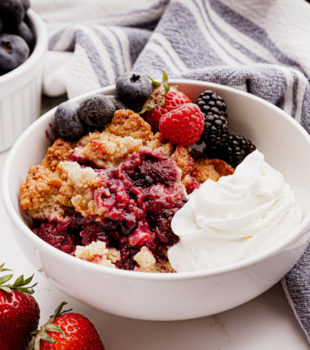When you’re baking a cake or some other sweet treat, should you use fresh fruit or frozen fruit? If you’re not sure what the difference is, read on! Let’s compare fresh vs frozen fruits and their effects on baking.
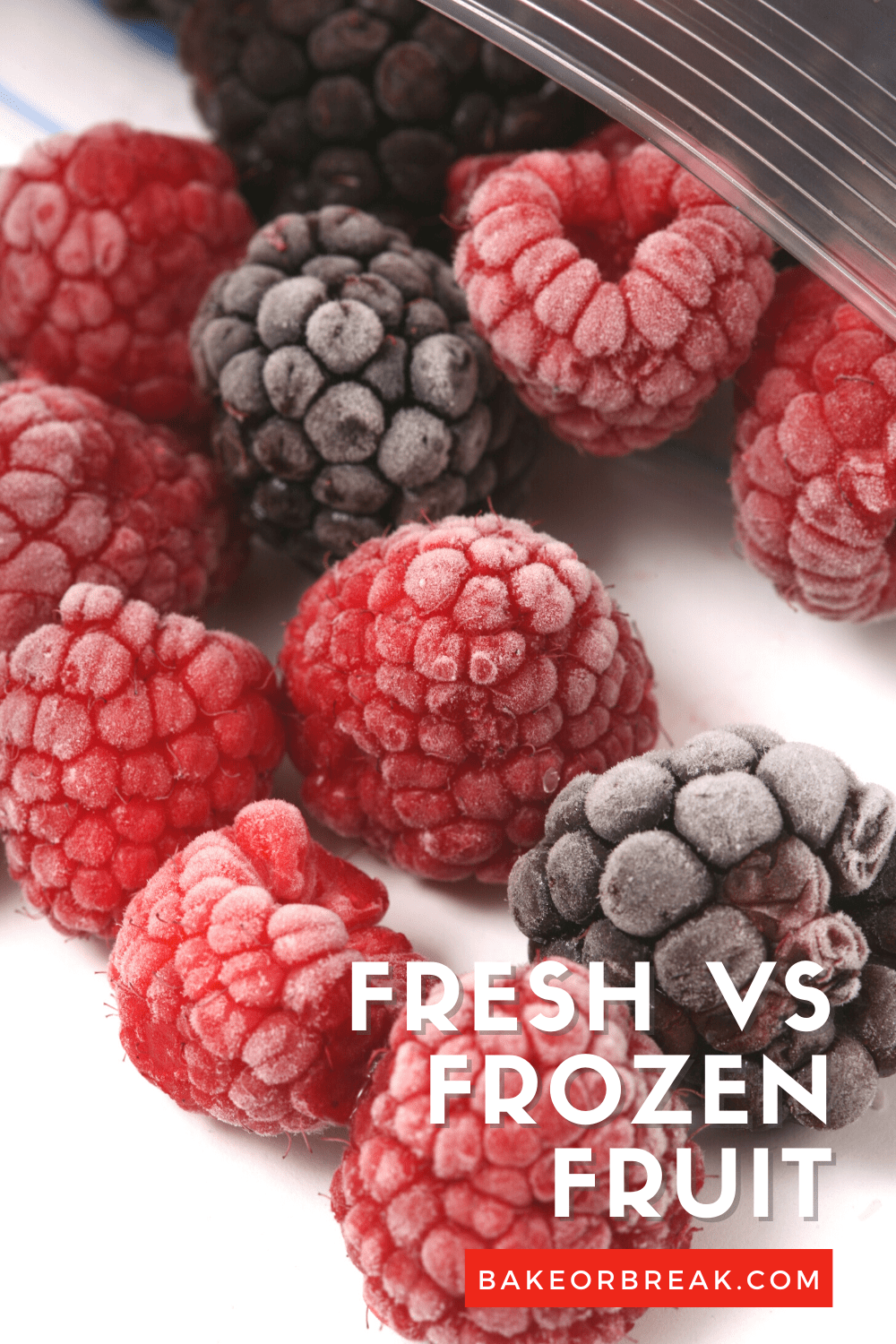
Baking with Fresh vs Frozen Fruit
Baked goods made with fruit are always a popular choice. With both fresh and frozen fruit as options, it can be a challenge to know which to choose. Knowing the differences between the two will go a long way in helping you decide which is right for your baking project.
Differences Between Fresh and Frozen Fruit
Fresh fruit is, well, fresh. That means that fresh fruit is usually juicier and more flavorful than frozen fruit. However, it also means that fresh fruit is more delicate and can go bad more quickly. So if you’re using fresh fruit in your baking, make sure to use it within a few days of buying it.
Frozen fruit, on the other hand, is designed to be stored for longer periods of time. In many cases, frozen fruit is picked at its peak ripeness and then flash-frozen to preserve its flavor and nutrients. That means that frozen fruit is often just as good as fresh fruit, but it’s more convenient because you can store it in your freezer for months. And since it’s already frozen, you don’t have to worry about it going bad if you don’t use it right away.
If you’re using frozen fruit to make your favorite smoothie or a fruit puree, then you’re not likely to notice much difference. Baking with them is a little different, though.
Structure of Frozen Fruit
The main difference you’ll find when it comes to baking is in the structure and texture of the fruit. If you’ve ever thawed frozen fruits, then you know that they soften and lose their shape. That’s because of what happens when fruit is frozen. Fruit is mostly made of water. When fruit is frozen, that water expands, breaking down the structure of the fruit. That expansion just won’t allow the fruit to hold its shape.
Quality of Frozen Fruit
Frozen fruits that have been picked at peak ripeness and then flash-frozen are the best choice. But if you’re buying frozen berries from a grocery store, it’s hard to know how long they’ve been in the freezer. And fruits that have been in the freezer for a long time can lose their flavor. Check expiration dates and buy from a reputable source.
Moisture Content of Frozen Fruit
Because of the structural changes that happen when fruit is frozen, you’ll find that frozen fruit is juicier and wetter than fresh. Adding that excess liquid to a baking recipe can lead to issues with structure and texture, resulting in sogginess or even under-baked trouble spots.
Fresh vs Frozen Fruit Flavor
The flavors of fresh and frozen fruit are often quite comparable. If fruit is frozen at its peak ripeness, then the flavor differences should be negligible.
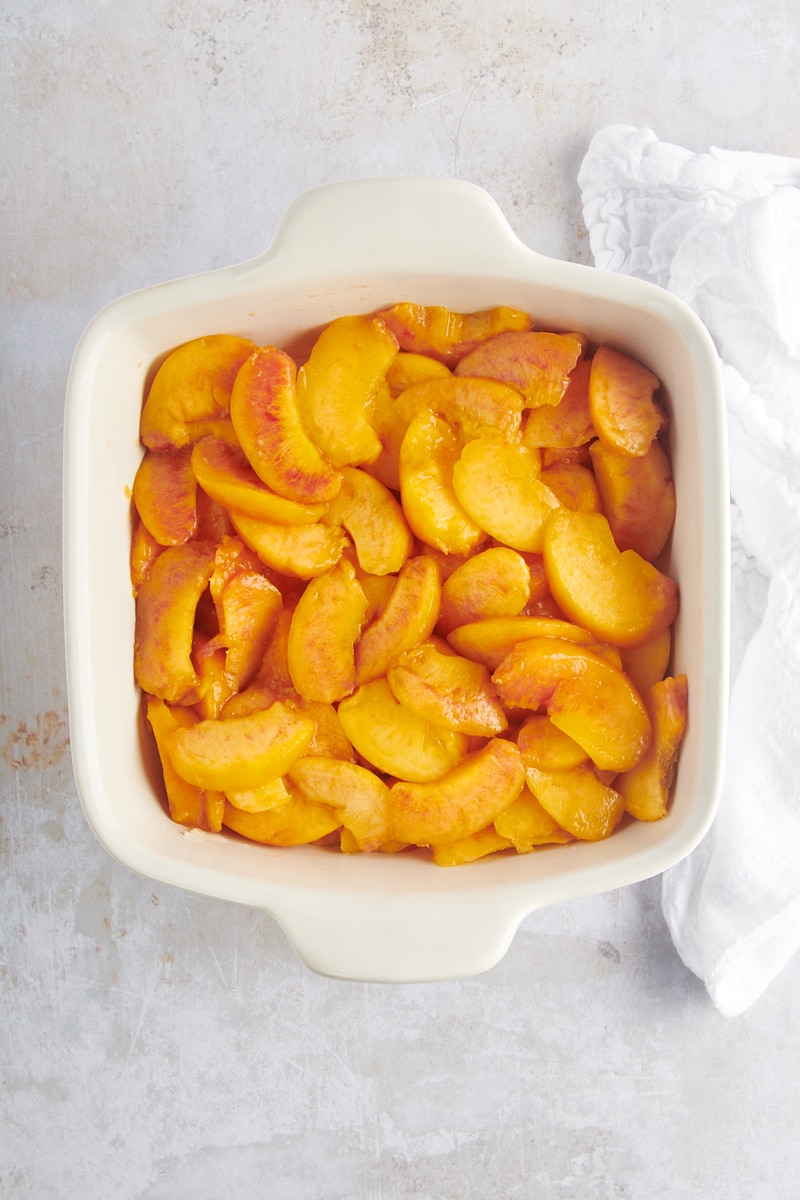
Fresh Fruit vs Frozen Fruit in baking recipes
When to use frozen fruit in baking
The convenience of frozen fruit is its biggest plus. It lasts for quite a while in the freezer so you don’t have to worry about getting your fresh fruits perfectly ripe for baking. Some frozen fruits are even already sliced or prepped, making them even more convenient by cutting down on prep time.
However, frozen fruits won’t always work well in baking recipes because of their altered structure and extra moisture content due to the freezing process. You’ll find that frozen fruits work best in recipes for baked goods that are baked thoroughly after adding the fruit. However, you may need to make some adjustments to make things work just right. (See my tips below.)
When to use fresh fruit in baking
Fresh fruits are almost always the better choice for baking. When you’re shopping for fresh fruits, it’s easy to judge their quality versus frozen fruits that are sealed in a bag.
While you may be able to substitute frozen fruits in many cases, doing so in a recipe that’s primarily fruit, like a fruit pie, is more likely to lead to a less than stellar outcome. As those fruits release extra juice as they bake in the oven, it can wreck a pie crust or a cobbler-like topping. You can sometimes make accommodations for the differences, but starting with fresh fruit will most often give you a better result. And if the fruit isn’t cooked at all or only baked briefly, then fresh fruit is the better choice.
Tips for Baking with Frozen Fruit
Frozen fruits tend to release more liquid than fresh fruits during baking. That extra water means you will likely need to take some steps to combat that.
- Get the liquid content back in line. That can mean either slightly reducing a liquid component or adding a bit more of a thickener (like cornstarch, tapioca, or flour) in the recipe. This is most helpful when making a pie or cobbler-like dessert to prevent crusts and toppings from becoming soggy.
- Rinse. While you usually don’t want to thaw your frozen fruit, you may want to give it a good rinse in very cold water. That will help keep the colors from bleeding into your baked goods. This is useful when baking things like cakes and muffins.
- Bake a little longer. Adding a frozen ingredient to your batter or dough will likely mean that you’ll need to add a few more minutes to the baking time.

Frequently Asked Questions About Fresh and Frozen Fruits
The answer to this is a resounding maybe. It depends on the quality of the fruits (just like with fresh) and how you plan to use them.
Unless the recipe specifically lists frozen fruit or offers tips for using frozen fruit, assume that it’s to be made with fresh fruit and make adjustments if needed for using frozen fruit.
Usually, no. For recipes with a short baking or cooking time (like pancakes), thawing is likely beneficial. But for most baking recipes, you’ll want to start with frozen fruit.
Sometimes. You’ve likely encountered greenish-blue muffins when baking with frozen blueberries. If there’s a chance the color of the fruit will bleed into whatever you’re baking (like muffins or a cake), then rinsing them in very cold water first will help keep that to a minimum. Be sure to pat them dry before adding to a batter. You might also consider tossing them in a bit of flour to help keep the color from bleeding and to make the heavier frozen fruits slightly less likely to sink as they bake. For things like pies and cobblers, this is usually not necessary.
Frozen fruits don’t really won’t hold up well to being used for garnish or decoration. That’s because the high water content of fruit expands when frozen, which breaks down the cellular structure of the fruit so that it’s soft and a bit mushy when thawed.
Ready to get baking? Find recipes using blueberries, strawberries, peaches, and more in the recipe index.

